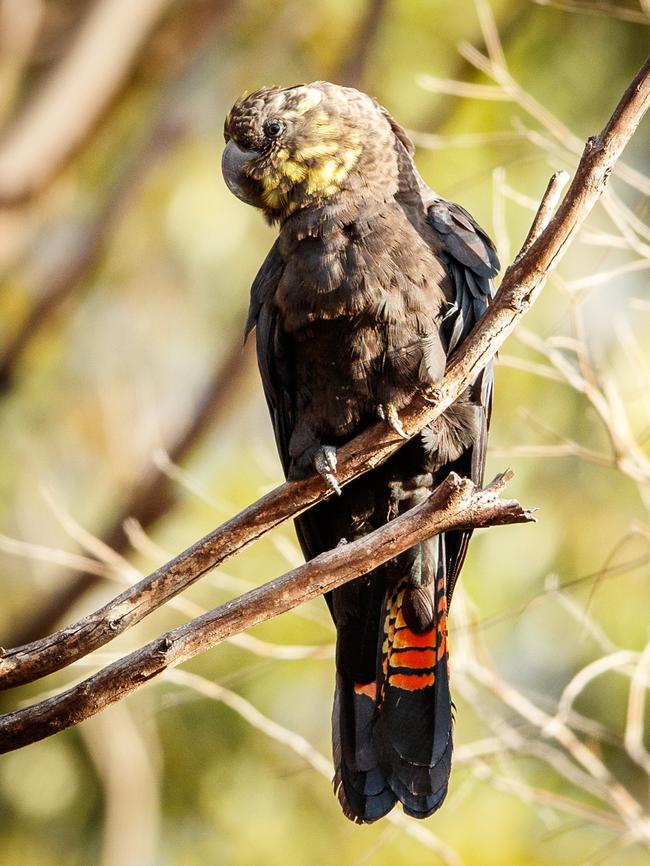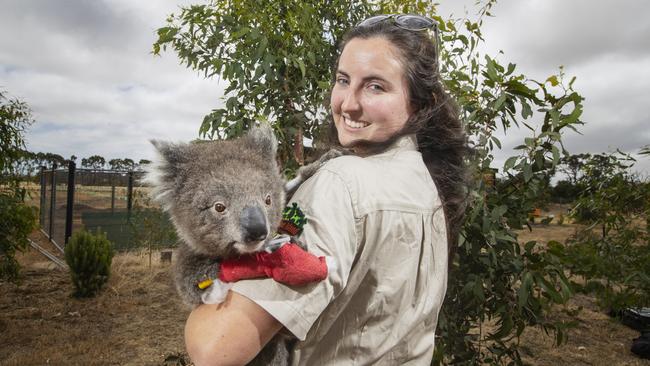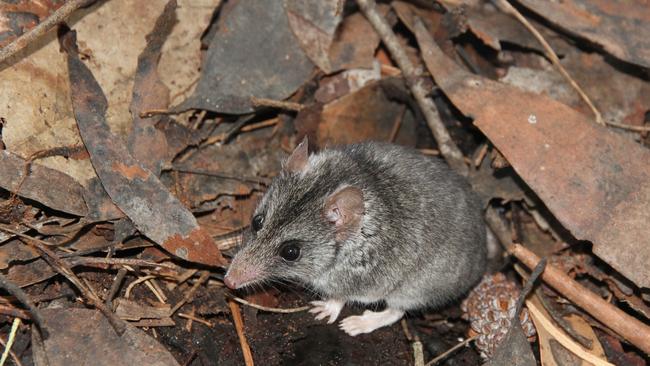Kangaroo Island’s Dunnarts and glossy black-cockatoo populations bounce back as injured koalas return after fires
Two of Kangaroo Island’s species most at risk of extinction are bouncing back, after tens of thousands of animals perished in fires last summer.
SA News
Don't miss out on the headlines from SA News. Followed categories will be added to My News.
Two of the species considered most at risk after the Kangaroo Island bushfires are showing remarkable resilience with the help of ecologists.
The Kangaroo Island dunnart and glossy black-cockatoo, both found only on the island, lost the majority of their habitat but now their populations are bouncing back.
KI Dunnart Project Team members installed cameras at 131 sites within fire-affected national parks, finding the tiny marsupials appeared on the screen at 45 of them.
The Kangaroo Island Landscape Board says this represents an increase in the dunnarts' known distribution and shows the species’ ability to survive large-scale bushfires and live in a burned landscape.
More than 7150 she-oak seedlings have been planted to replace the feeding trees glossy black-cockatoos lost in the blaze.

A recent census recorded 454 birds – an increase from the last count in 2016.
Wild introduced animals have also been targeted, with 138 cats removed from the burn scar.
Before the fires, there were about 48,000 koalas on Kangaroo Island, but only 8500 survived the blazes.
Kangaroo Island Wildlife Park, near Parndana, took in more than 600 koalas in a huge rescue effort.
About 250 were released back in the wild, with most of the remaining animals being euthanised or dying from their injuries.

Owners Dana and Sam Mitchell set up an online fundraiser to help care for the animals and were blown away by the support they received – the campaign’s tally now sits at almost $2.7m.
It's allowed them to set up a charity, which bought an area to release the recovered koalas in, and is also funding research into their genetics and a kidney disease affecting the marsupials.
Mrs Mitchell said the park was still looking after about 20 koala joeys, including some that could not be released into the wild because they had become too humanised, or would need ongoing medical treatment.

Among the animals still in her care is Ash, who was picked up on a fireground and taken to the Duncan-based park on December 9, 2019. Her health has been up and down after presenting signs of oxalate nephrosis (kidney disease) five months ago.
“She’s an absolute fighter. I think she will get over it because she has to – she’s my baby,” Mrs Mitchell says.
“We’re really thankful that we’re getting milder weather that’s helping to keep a bit of food around for kangaroos and wallabies. It has been really reassuring to see how much the bush is bouncing back.”


